Winners of the 2021 ISH Photo Competition announced
12 October 2021
We are delighted to announce the winning and shortlisted entries of our 2021 Photo Competition on the theme of Culture, Heritage and Climate Change.
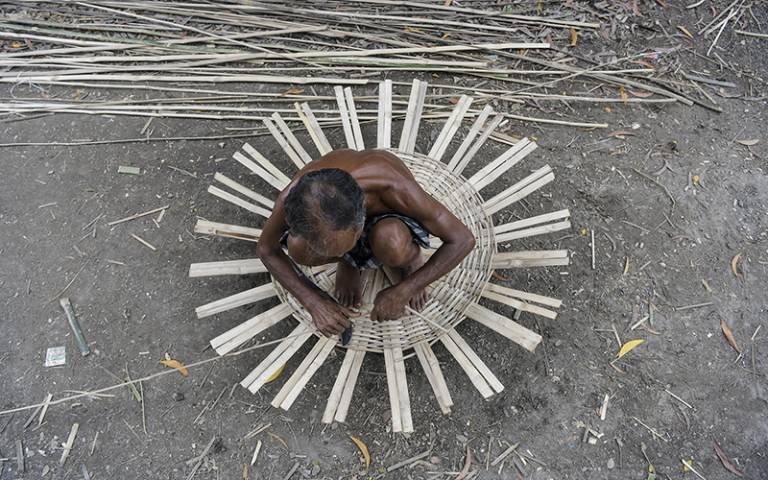
This has been the fifth annual competition organised by UCL Institute for Sustainable Heritage, and this year we invited entries that captured the theme of Culture, Heritage and Climate Change.
The aim was to promote understanding of how past and present cultural assemblies and practices can be used to develop sustainable solutions, as culture and heritage can provide opportunities to learn from traditional ways of life in a way that balances the needs of humans on our planet.
We sought entries that explored the role of culture and heritage in mitigation and adaptation measures especially those that demonstrated how indigenous knowledge and skills can inform our strategies for tackling the climate crisis.
This competition also supports The Bartlett's climate campaign 'Together for climate action', which brings together the Faculty's world-leading experts in the lead up to the COP26 climate summit.
Our judging panel this year comprised: Maja Maricevic, Head of Higher Education and Science at the British Library; Udit Singhal, UCL Freshman and UN Young Leader for the SDGs; Professor May Cassar, UCL ISH Director and Maija Powell, BSEER Communications Manager and 2018 competition winner.
Of the many outstanding photographs submitted by members of the public and the UCL community, eight were shortlisted by our judging panel and can be viewed below.
ISH congratulates the winning and shortlisted entries, and thanks to all those who entered and engaged with this year's theme.
Winner
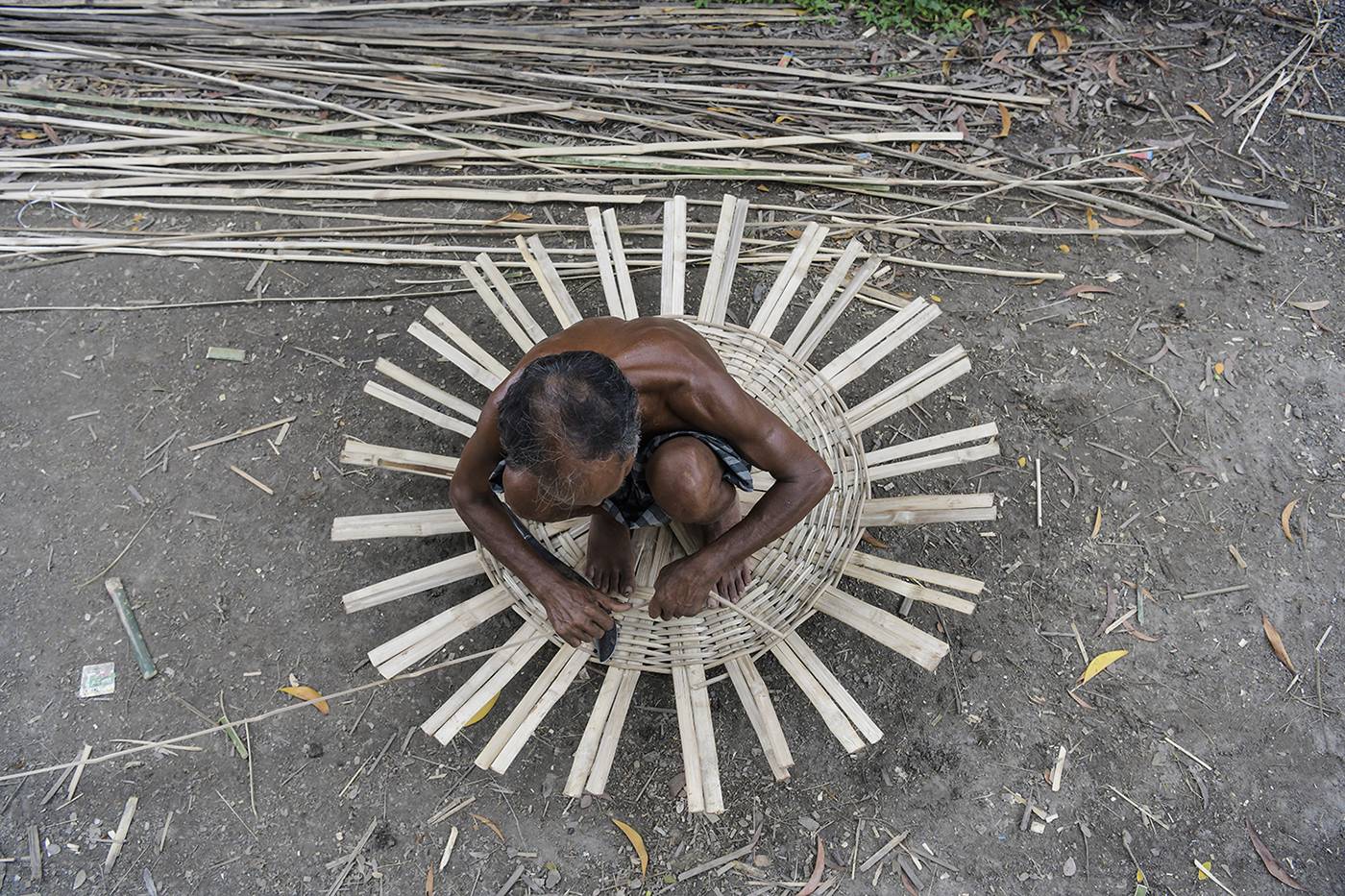
Bamboo a tool to combat climate change by Avijit Ghosh
A villager is seen making a basket using bamboo fibre in West Bengal, India. In rural parts of India, bamboo trees are readily available. Many villagers sustain their livelihood from these trees. Bamboos can sequester more carbon as it is the fastest growing plant. It is also used as food and alternative environment-friendly material and can play a primary role in preventing climate change.
Runners up
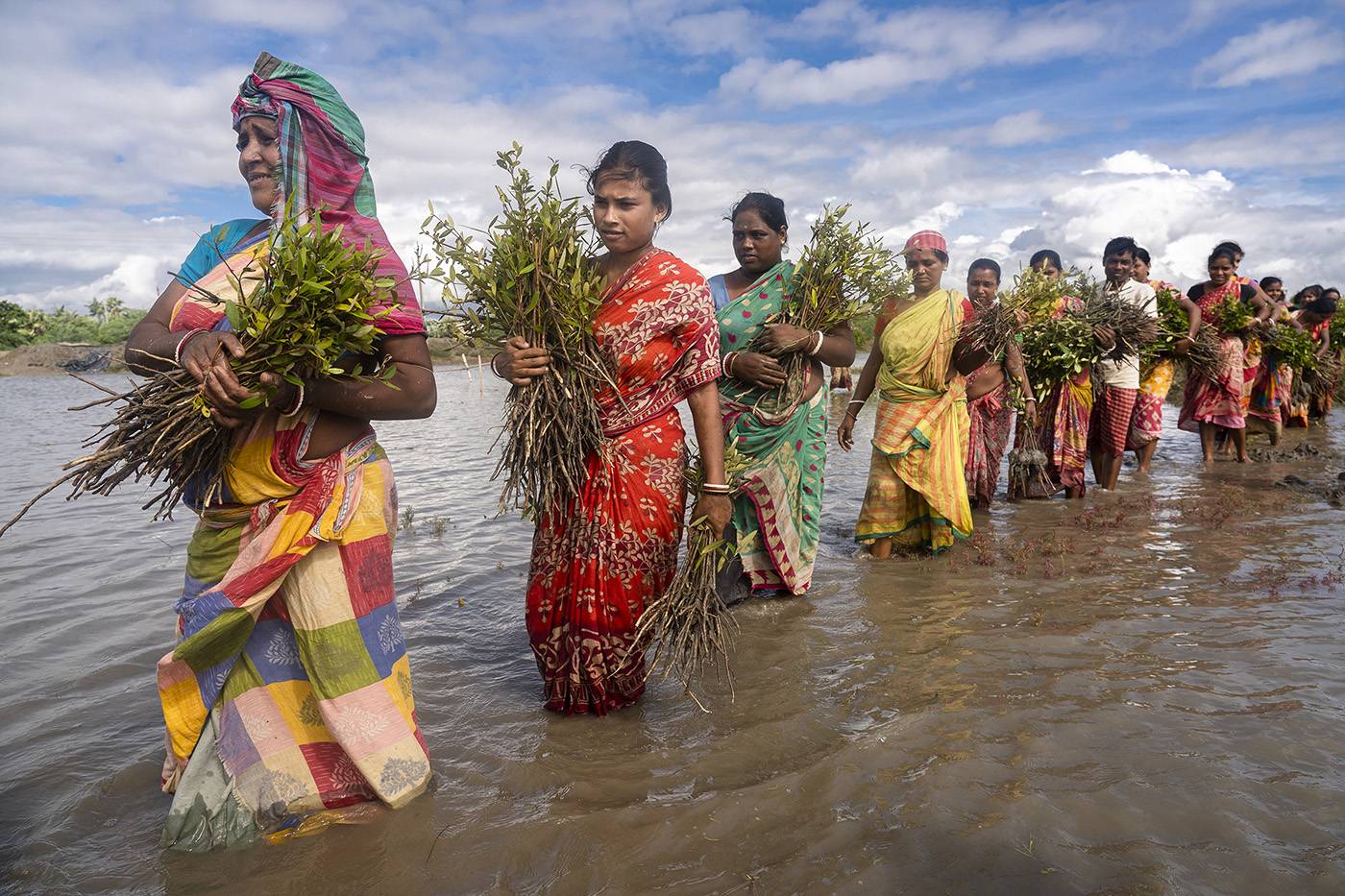
The sacred grove by Sudip Maiti
Rural women participate in a mangrove plantation programme in the Sundarbans. Mangroves protect the UNESCO world heritage Sundarbans from rising sea level, coastal erosion, and increasing cyclones. One of the finest examples of ancient India's nature conservation technique was worshipping certain patches of forest as sacred. This sacred grove was dedicated to a god and thereby was protected from logging. It is a very effective way to preserve local biodiversity and fight climate change.
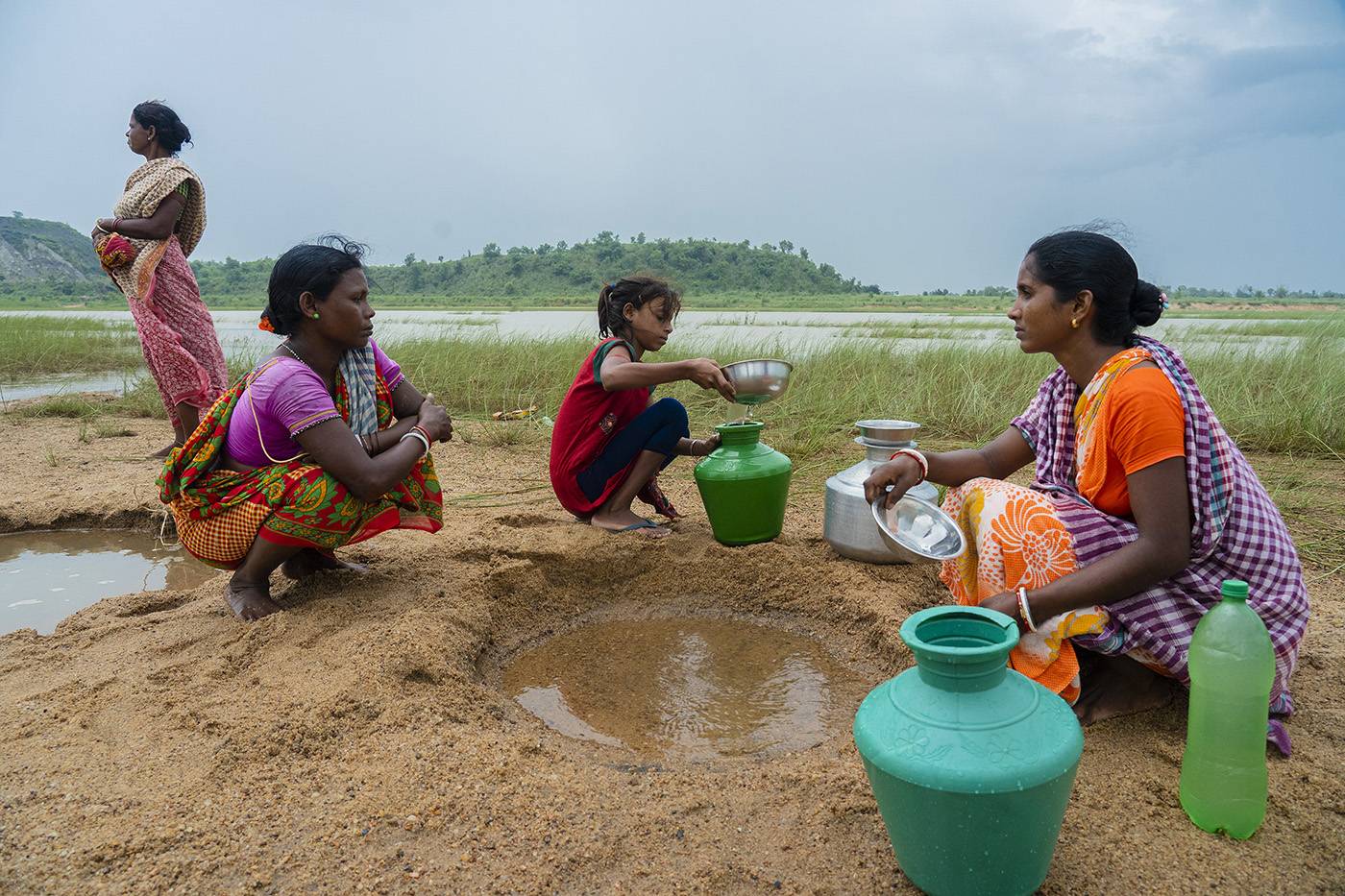
Our dying rivers by Sudip Maiti
Women collect drinking water from the river sand in the state of West Bengal, India. As one of the terrifying effects of Climate change, drought is becoming a regular phenomenon in India. As a result, rivers run dry in the summer and the water level goes dangerously low. The people who traditionally depend on the river water now have to dig deep in the sand to access drinking water. In a riverine country such as India, the dying rivers signifies the end of a lifeline in poor and backward communities.
Shortlisted
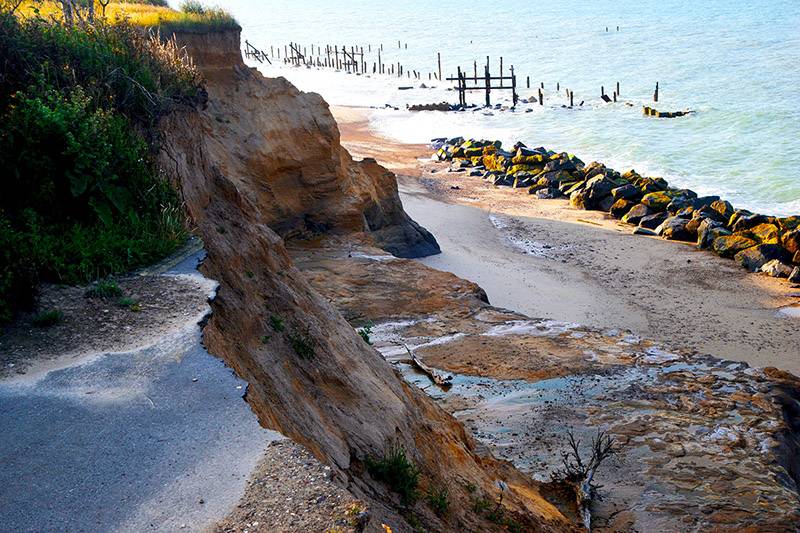
The end of the road by Javier Bautista
Happisburgh, in Norfolk, is suffering coastal erosion due to the rising sea-levels and increased extreme weather. A strategy of non-intervention means that the community are helpless to prevent the loss of their homes. The picture depicts a road, abandoned to the retreating cliffs.
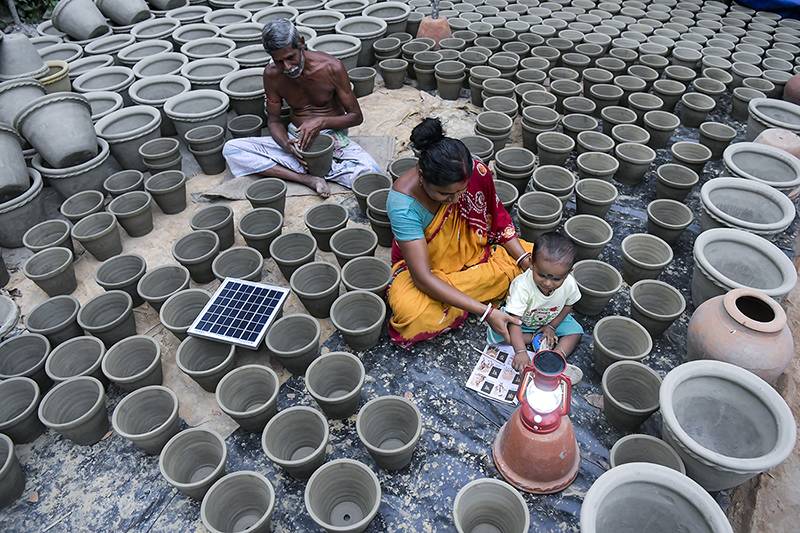
A traditional method for sustainable future by Avijit Ghosh
In this photograph, a local potter is seen making clay pots using a traditional method. In West Bengal, India, many people, mostly in rural areas, depend on traditional methods for livelihood. Due to the rapid increase in heat waves in India, people tend to use more air conditioners, coolers and refrigerators. However, as a cheaper alternative, many rural people use these traditionally made clay pots which naturally provide cold drinking water. Homemade clay pots and other utensils can also serve as an alternative to plastic materials.
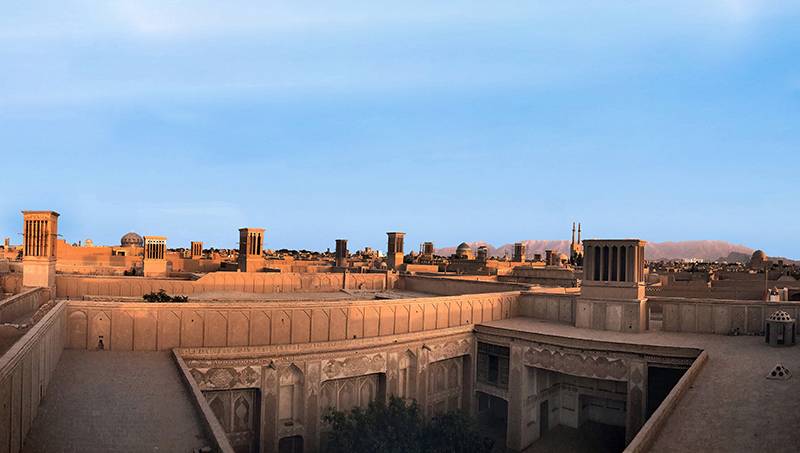
Badgir (Windcatcher) by Mozhgan Pakcheshm
Location: Yazd City Skyline, Iran
Natural ventilation and cooling have performed a crucial role in providing comfort conditions. Wind catchers are passive cooling systems and one of the most frequent elements in Iranian architecture. They can significantly influence the reduction of cooling loads and supply the necessary ventilation rate of buildings.

Decay of Cloud Forest at Machu Picchu by Marielle Rivero Vazquez
The ecosystem in Machu Picchu has changed in several ways, the site is affected by soil erosion, and loss of Cloud forest. Local associations have been working in reforestation of endemic species and now they also tend into a circular economy. There is a commitment to use local design and materials in the Pueblo and Sustainable management of waste to diminish carbon footprint in 45% by 2030.
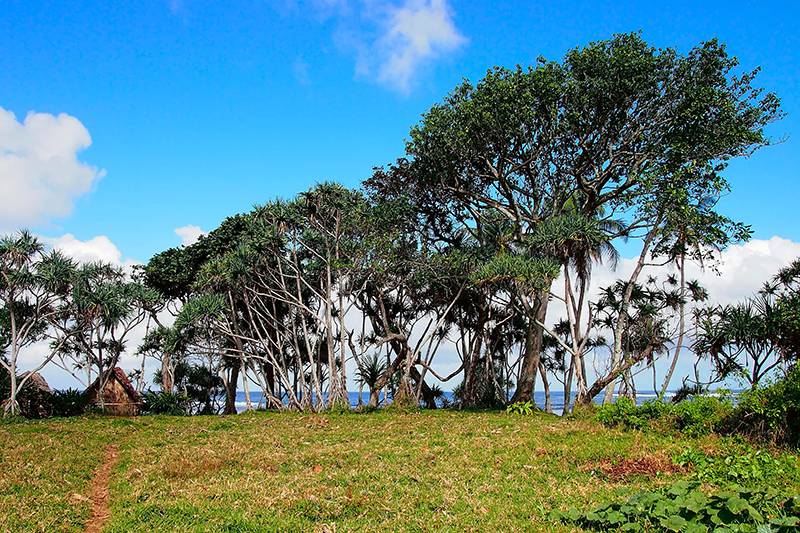
Sustainable Architecture, Kwamera Village, Tanna Island, Republic of Vanuatu by Andrew Lorey
Pacific Islanders can provide valuable insights into the power and utility of sustainable architecture. A ni-Vanuatu family built this shaded beachfront home in a traditional style using local materials. As the effects of global climate change intensify, plants used as building materials or wind-breaks may become less abundant and sea levels will rise. Such changes pose a very real threat to populations around the world.
 Close
Close


